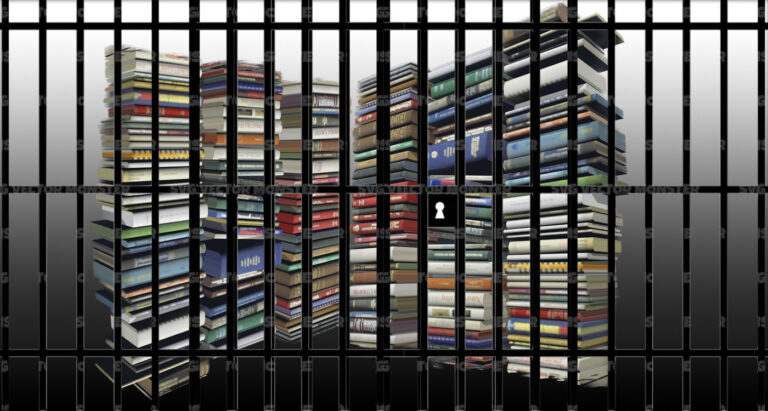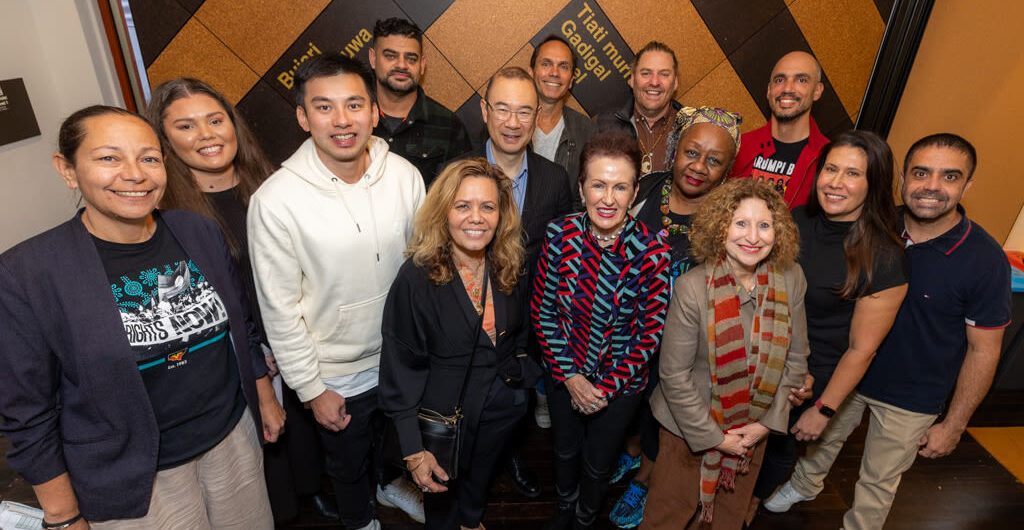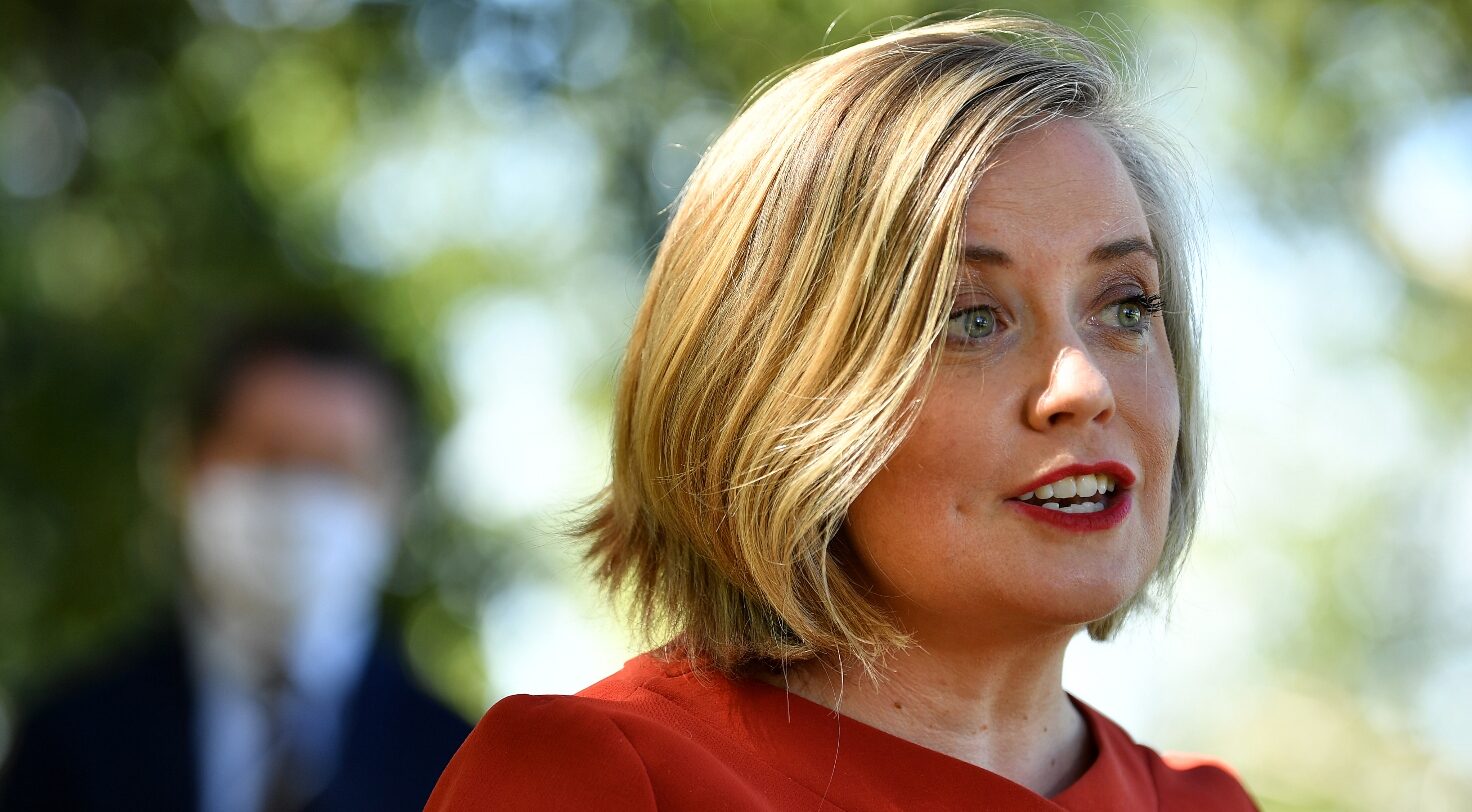
Light Rail supporters shoot down ‘Mickey Mouse’ Metro
“Lets make sure that trams just aren’t about the past, but that they’re also about the future,” repeated megaphone-wielding Leichhardt Mayor Jaime Parker as he rallied Light Rail supporters outside the launch of the Shooting Through: Sydney by Tram exhibition at the Sydney Museum on Tuesday.
“This is hardcore nostalgia, be warned,” said former NSW Premier Bob Carr of the exhibition minutes later, to the officially invited crowd as he declared the exhibition on the history of trams in Sydney open.
At its peak, in the 1950s, the Sydney tram system carried over one million passengers a day, boasting one of the largest networks in the world.
Clad with props and placards, a group of protestors, including the Eco Transit Sydney lobby group, called for Light Rail as the quick and easy alternative for integrated transport in Sydney, condemning the NSW Government’s planned Sydney Metro Scheme.
“The Government has come up with this Mickey Mouse metro scheme linking the city to Rozelle. One issue that the Government has never committed to is the extension of the Light Rail,” said Mr Parker, a long time crusader for Light Rail in the inner west.
“The Government proposal is to spend over $4 billion building four train stations when we know for around about $90 million you can build a Light Rail route in the CBD.
“We’ve got the numbers, we’ve got the research, we’ve got the support to demonstrate….it can be done now and it can be done cheaply,” he said.
Eco Transit Sydney has been campaigning strongly to have the existing Light Rail line, which stops at Lilyfield, extended to Dulwich Hill.
The transport activists claim the process would be quick and relatively inexpensive, as the line is already in place and would require only minor alterations to signals and overhead wiring.
The existing Light Rail system carries more than two million passengers a year, a figure that Eco Transit co-convener, Gavin Gatenby, says will more than double if Light Rail is extended to Dulwich Hill.
The line would also create a short link between Dulwich Hill train station, on the Bankstown line, and Lewisham station, on the Western line, providing a shortcut for commuters to travel to and from the inner west, says Gatenby.
Eco Transit Sydney would also see the extension of the Light Rail to the Balmain peninsula, to service the extraordinary demand the incoming passenger ship terminal at White Bay will create.
Outside experts also agree on the importance of extending the service. Professor Newman, member of the Infrastructure Australia group established by the Federal Government, recently said that extending the light rail up George Street and through the CBD could happen in two years and would bring Sydney in line with other global capital cities.
But the State Government is touting the new City Metro scheme as the future of Sydney’s public transport, and the best way to become a ‘Global City.’
The new metro would run from Rozelle into, and across, the City to Central, with six underground stations at Central, Town Hall Square, Martin Place, Bangaroo-Wynyard, Pyrmont and Rozelle, operating with interchanges to other public transport networks.
Construction is slated for 2010 and the first trains would run in 2015.
An information session was held at the Sydney Maritime Museum on Saturday, where onlookers said they were skeptic the Metro would ever come to fruition, considering the State Government’s history of deferring rail projects.
As part of a mini-budget chop, the much-publicised North West rail link was cut last year, and plans for a South West link have been shelved, after millions of dollars were spent on advertising and public relations.
One Pyrmont local, who wished not to be named, said that he questioned the purpose of the Metro in the first place. “What’s the point of a station at Bangaroo? That’s going to be a dead duck,” he said.
Inner west residents questioned whether they would bother taking buses to Rozelle, then changing to the Metro to reach the city. Some said they doubted that a highly organised bus schedule could be arranged to complement the Metro in the first place.









